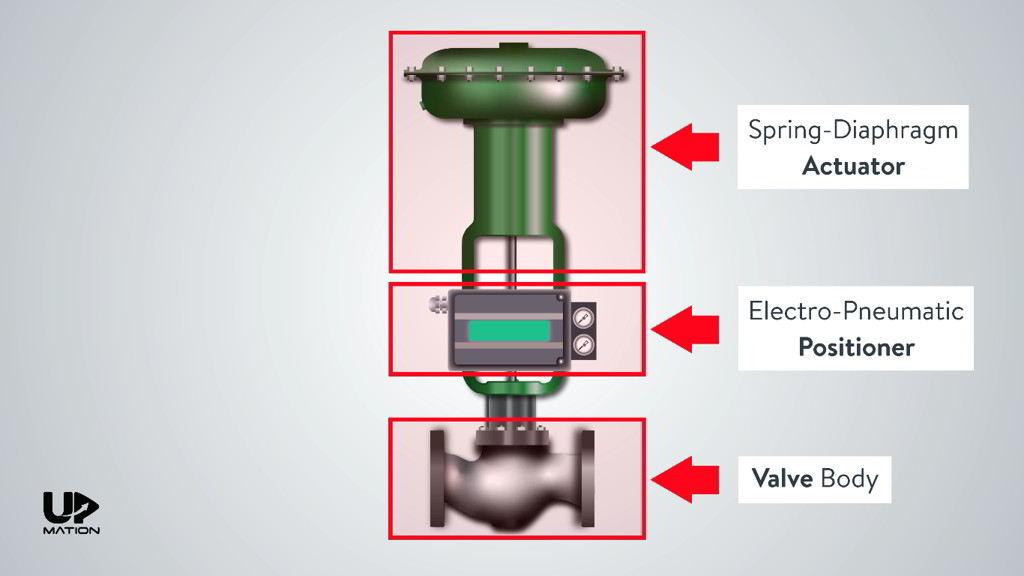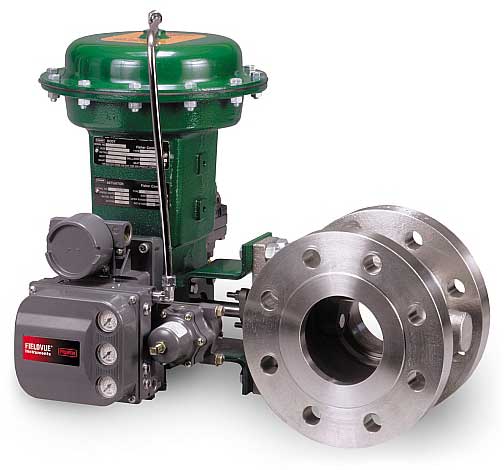Achieve Seamless Combination and Control With High Quality Building Automation Controls
In the world of modern building management, the relevance of high quality building automation controls can not be overstated. Accepting quality structure automation controls is not merely an issue of convenience but a calculated vital for organizations aiming to maximize their facilities' efficiency and sustainability.

Development of Structure Automation Controls
Throughout the past couple of decades, the advancement of building automation controls has actually significantly changed the method structures are handled and operated. Initially, building automation systems mostly focused on standard functions such as controlling air, heating, and air flow conditioning (A/C) systems. As innovation progressed, these controls have actually come to be a lot more advanced, permitting for a larger range of building systems to be incorporated and taken care of centrally.
The development of constructing automation controls has actually seen a change in the direction of even more intelligent systems that can adjust to transforming conditions in real-time. This flexibility is important for optimizing energy performance and making sure occupant comfort. Furthermore, modern building automation controls currently provide functions such as predictive upkeep, remote monitoring, and data analytics, enabling facility supervisors to make data-driven choices to boost structure performance.

Advantages of Top Quality Assimilation
The development in building automation controls towards even more smart systems has actually emphasized the significant advantages of top quality integration in maximizing building operations and improving overall effectiveness. Quality integration of developing automation controls offers a number of crucial advantages. To start with, it results in enhanced energy efficiency by allowing various systems to collaborate perfectly, making sure ideal performance and minimizing energy waste. Second of all, top quality assimilation enhances passenger convenience and productivity by enabling customized control over ecological setups like air, temperature level, and lights high quality. This modification can cause a more helpful and comfortable working or living atmosphere. Additionally, top quality combination streamlines maintenance and fixing processes, as all systems are adjoined and can be kept an eye on and regulated from a central interface. This central control additionally provides far better exposure and understandings right into structure efficiency, making it possible for proactive upkeep and optimization methods. On the whole, the advantages of top quality combination in structure automation controls are obvious, offering enhanced efficiency, convenience, and functional efficiency.
Enhanced User Experience and Ease Of Access
Enhancing customer interaction with building automation regulates via instinctive style and boosted accessibility elevates the general experience for passengers and facility managers alike. By concentrating on customer experience, developing automation systems can become extra efficient and user-friendly. Instinctive interfaces, clear navigating, and personalized settings encourage users to engage with the controls conveniently and successfully.
Ease of access functions play an essential duty in making sure that all individuals, consisting of those with disabilities, can utilize the structure automation regulates with convenience. Incorporating features such as voice commands, responsive switches, and color-contrasted display screens can boost ease of access and make the controls extra comprehensive.
Additionally, improved user experience leads to higher user complete satisfaction, enhanced performance, and far better decision-making. Residents can change ecological settings according to their choices, while center managers can successfully manage and keep an eye on building systems - control valves. On the whole, focusing on user experience and accessibility in building automation manages adds to a much more efficient and seamless building atmosphere for all stakeholders involved
Sustainable Practices With Automation

Furthermore, automation can promote the assimilation of sustainable energy sources such as solar panels or wind turbines into structure procedures. By automatically readjusting power use based on the accessibility of see this eco-friendly power, buildings can further minimize their reliance on non-renewable sources. This seamless combination of lasting practices not only benefits the atmosphere yet also enhances the total functional effectiveness and cost-effectiveness of the building. Through automation, buildings can align with modern-day sustainability objectives and contribute to a greener future.
Future Trends in Building Control Solution
One popular pattern shaping the future of building control systems is the increased integration of Artificial Knowledge (AI) and maker knowing. Additionally, the Net of Things (IoT) is reinventing building control systems by connecting sensors and gadgets to enhance and enhance procedures performance.
Another key pattern is the focus on cybersecurity measures to protect against prospective dangers to constructing automation systems. As buildings become a lot more interconnected, making sure robust cybersecurity procedures will certainly be important to guard sensitive data and stop unapproved gain access to.
Furthermore, the shift in the direction of cloud-based systems is getting momentum, enabling streamlined control and remote access to structure systems. This facilitates much easier monitoring, Get More Info maintenance, and updates, boosting the general efficiency and flexibility of structure control systems. As modern technology continues to advance, these trends are expected to form the future landscape of building automation controls, driving development and sustainability in the built setting.
Verdict
Future fads in structure control systems are most likely to concentrate on additional enhancing automation capacities for enhanced power effectiveness and general efficiency. It is crucial for structure owners and drivers to focus on the fostering of top quality structure automation controls to enhance structure procedures and accomplish lasting sustainability objectives.
In the realm of contemporary building monitoring, the relevance of quality structure automation controls can not be overemphasized. Overall, the evolution of structure automation manages proceeds to drive development in the structure administration market, offering brand-new possibilities for developing smarter and much more sustainable structures.
The innovation in structure automation controls in the direction of even more smart systems has highlighted the substantial benefits of high quality integration in optimizing structure operations and boosting general effectiveness. In general, focusing on individual experience and read accessibility in structure automation controls contributes to a more efficient and smooth building atmosphere for all stakeholders entailed.
It is crucial for building owners and operators to focus on the adoption of top quality structure automation regulates to maximize building operations and achieve long-lasting sustainability goals. - control valves